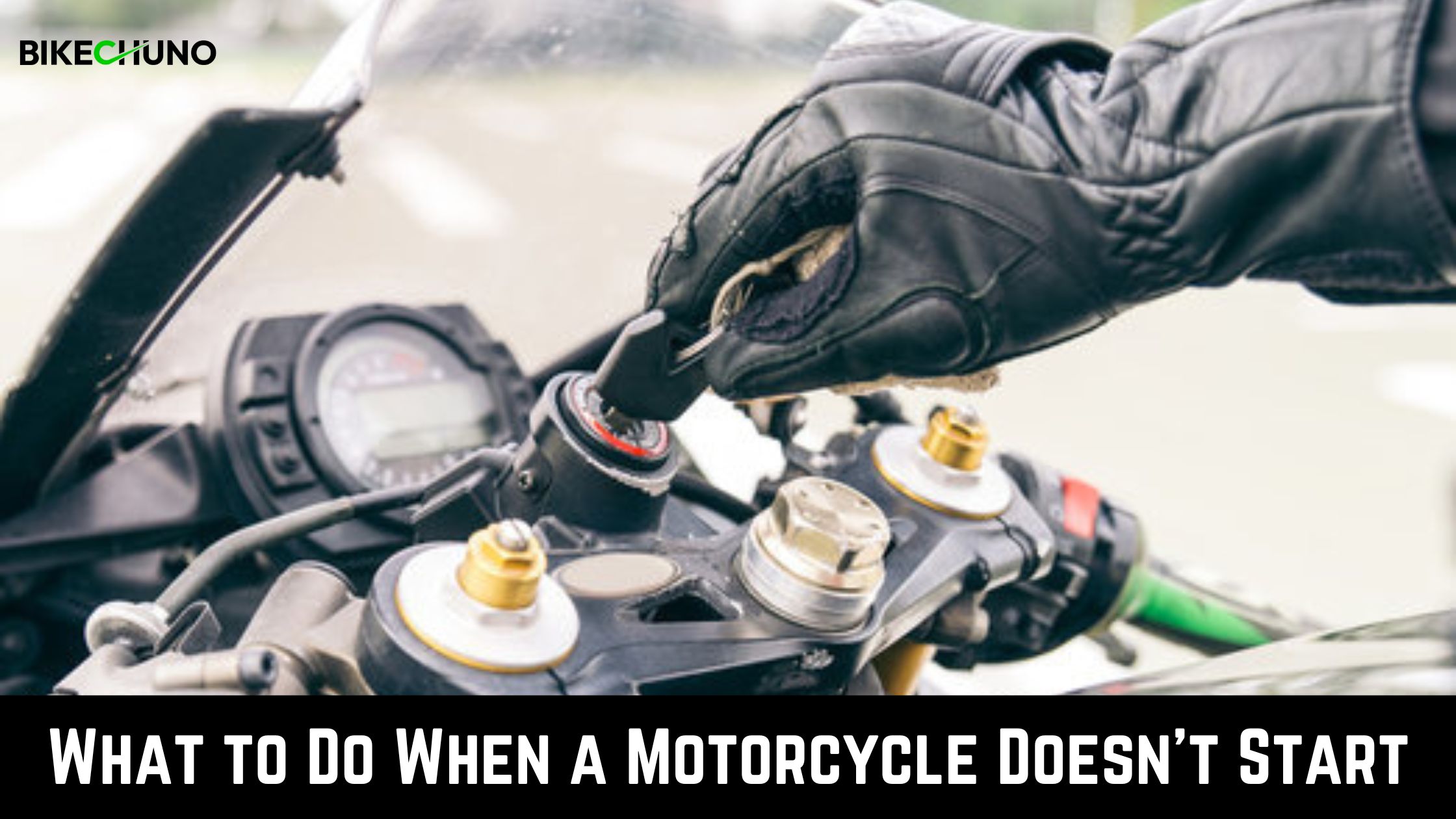
The pleasurable ride can become a bumpy mess, or your bike’s overall shine can be ruined by a rusted bike. Please don’t take your bike and scooter to a professional to have the rust removed; you can usually do it yourself. Depending on how badly your bike has rusted, you might be able to repair it with cleaning supplies or commonplace materials like vinegar and baking soda. You can resume smooth riding once the rust is removed from your bike. Also, if you want to upgrade your ride, check out the best scooters in India and get the best recommendations.
Tips To Remove Rust From Motorcycles
There are three main processes to remove rust from your motorcycle and scooter. Each process is described in a step-by-step manner; please have a look.
Process 1: Baking Soda
Step 1: In A Bowl, Combine The Baking Soda And Water.
Mix baking soda and water in a bowl 50/50 until thick paste forms. Keep the basin, baking soda, and water handy if you need to make additional paste because you will need enough to cover the rust thoroughly.
- Baking soda often works well for removing mild rust. Other techniques might work better for severe corrosion.
- If you want the paste’s removing abilities to be stronger, squeeze some lemon juice into it.
Step 2: For 15 Minutes, Apply The Paste Directly To The Rust.
Apply the paste to the rusted bike by dabbing some on a brush or sponge. Avoid scrubbing or removing the paste immediately since it needs time to solidify and degrade the rust. For ten to fifteen minutes, let the paste settle.
- The baking soda paste must be sufficiently thick to cover the rust spots uniformly without dripping onto the bike.
Step 3: You Should Scrub Baking Soda With A Scrub Pad.
Scrub the baking soda solution with steel wool or a plastic scrubber. As you scrub, the rust should start disintegrating and separating from the bike. If you don’t see this, give the bike a stronger scrub and additional baking soda paste. If scrub pads are not available, one alternative is to use a toothbrush.
Step 4: Before Removing The Baking Soda, Wait About 10 Minutes.
To get to tough rust after you’ve completed cleaning, leave the baking soda on for 10 to 15 minutes. After that, use a dry microfiber towel to remove the paste. To stop further rusting, make sure the bicycle is dry.
- To prevent rust from reappearing, keep the bike in a cool, dry location.
You may need to repeat the procedure if there is still rust or try another approach.
Maintaining your motorcycle properly will ensure its longevity and performance for those looking to buy a bikes under 50,000 to 70000. These tips will help you care for your motorcycle, making it a worthwhile investment.
Process 2: Vinegar
Step 1: Fill A Spray Bottle With White Vinegar.
Because white vinegar is more acidic than other types, it works best at removing rust. Spray bottles are the right choice to ensure an even coating of the liquid, even though you can directly dab vinegar onto the bike rust.
- For a more acidic mixture, stir a small amount of baking soda.
Step 2: Apply Vinegar As A Spray Or A Coat On Your Bike’s Rust.
Spray the vinegar evenly around the entire rust area if you put it in a spray bottle. If you coat it directly with vinegar, apply it with a sponge or a ball of tinfoil. Because tinfoil can also be used as a scrub brush while applying vinegar, it is particularly efficient.
- Alternately, you can soak detachable bike parts in a vinegar solution.
Step 3: After 10 To 15 Minutes, Wash The Vinegar Off Your Bicycle.
After removing the rust from your bike, vinegar might still corrode the metal. After removing the rust, wash the bike with a hose to avoid this.
- You might need to use a chemical cleaning if vinegar does not successfully remove the rust.
Step 4: Before Restoring The Bike, Dry It Off.
Rust can return to a bike if moisture is allowed to remain on it. To get rid of extra moisture, clean your bike with a towel dipped in denatured alcohol. Keep your bike in a cool, dry location to stop further rusting.
Process 3: Chemical Rust Removal
Step 1: If All Other Methods Fail, Remove Rust Using Chemical Means.
Sometimes, common household items might not be able to remove rust effectively. If vinegar and baking soda don’t work, go to your neighbourhood hardware store or bicycle shop and get a rust remover.
- Avoid combining chemical removers with other cleaners such as vinegar, baking soda, or citric acid. Some combinations can be fatal.
Step 2: Before Using Rust Remover, Put On Safety Goggles And Gloves.
Chemical removers might injure your eyes or skin and are more powerful to use than other techniques. Before using it, make sure you’re handling it safely by carefully reading the instruction label. If the cleaner gets in your eyes or on your skin, properly rinse it off before calling poison control for more advice.
- In small spaces, avoid using chemical cleaners. If you experience lightheadedness or vertigo, open a window or door for ventilation and leave the room immediately.
Step 3: As Instructed, Brush On The Chemical Cleanser.
The chemical will determine how long you should leave the cleaner running. The suggested period can be anywhere from 30 minutes to overnight. For the most accurate results, read the instructions carefully and adhere to any special instructions.
- When purchasing a cleaner to quickly remove rust, follow the label directions and look for one with a quick setting time.
Step 4: After The Advised Period, Remove The Cleaner.
After eliminating the rust, wipe it away carefully using a cheap cloth because chemical cleaners are corrosive. If you need to eliminate more rust in the future, save any leftover cleaners wherever you keep your other chemicals.
- After use, dispose of the cloth to avoid contaminating other fabrics.
So that was all some essential working tips to remove rust from your bike.



